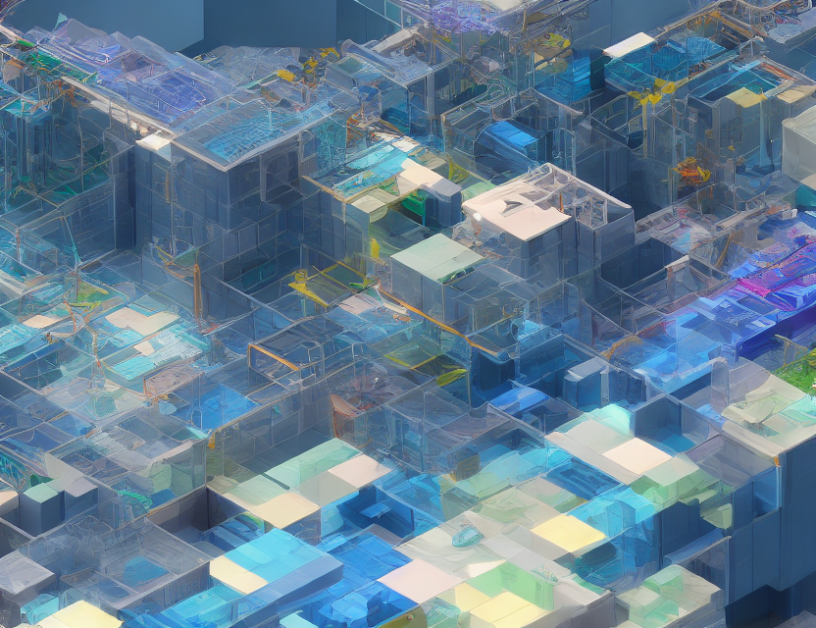In this paper, the authors aim to improve the efficiency of data visualization systems by optimizing data flow and reducing computational complexity. They present a new framework called Vega, which combines data fusion and model-based optimization techniques to efficiently process large datasets. Vega can handle various types of visualizations, including vector fields, heat maps, and scatter plots, and can scale to accommodate big data environments.
The authors also discuss related work in the field of visualization languages and optimizing for data exploitation in big data environments. They highlight the challenges of processing large datasets and the need for efficient techniques to handle these tasks.
To optimize data flow, Vega uses a novel approach called mean of time (MOT), which estimates the expected execution time for each operation based on historical data. This allows Vega to select the most efficient operations and reduce computational complexity. Vega also uses size-based sampling to selectively sample only the most relevant data points, reducing the amount of data processed and improving performance.
The authors evaluate Vega through experiments on several datasets and compare it to existing techniques. They show that Vega achieves better performance than state-of-the-art methods in terms of speedup and scalability.
In summary, this paper presents a novel framework called Vega for optimizing data flow systems in big data environments. Vega combines data fusion and model-based optimization techniques to efficiently process large datasets, improving performance and reducing computational complexity. The authors demonstrate the effectiveness of Vega through experimental results and show its potential for scalable interactive visualization.
Optimizing Dataflow Systems for Scalable Interactive Visualization



